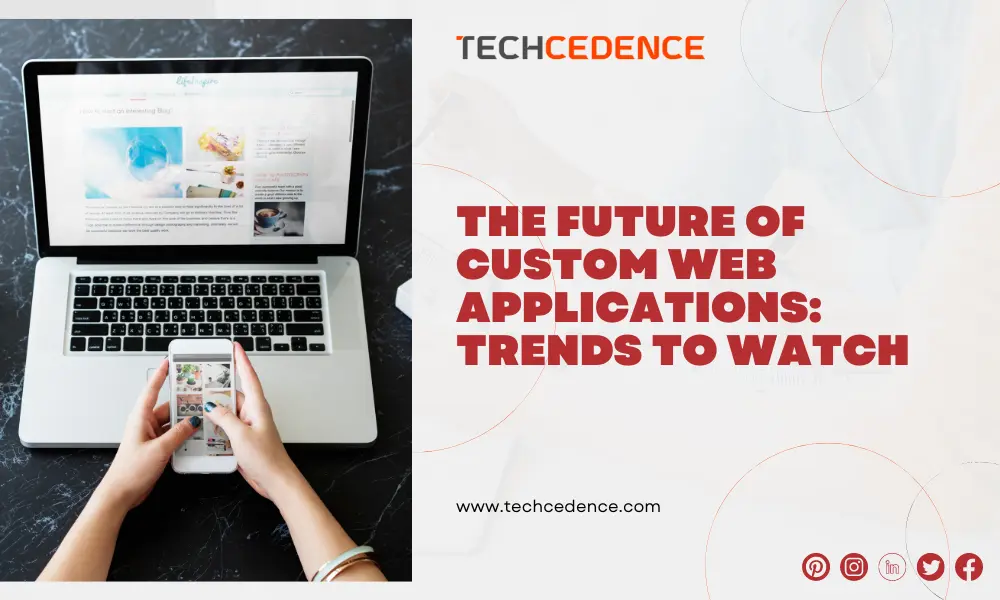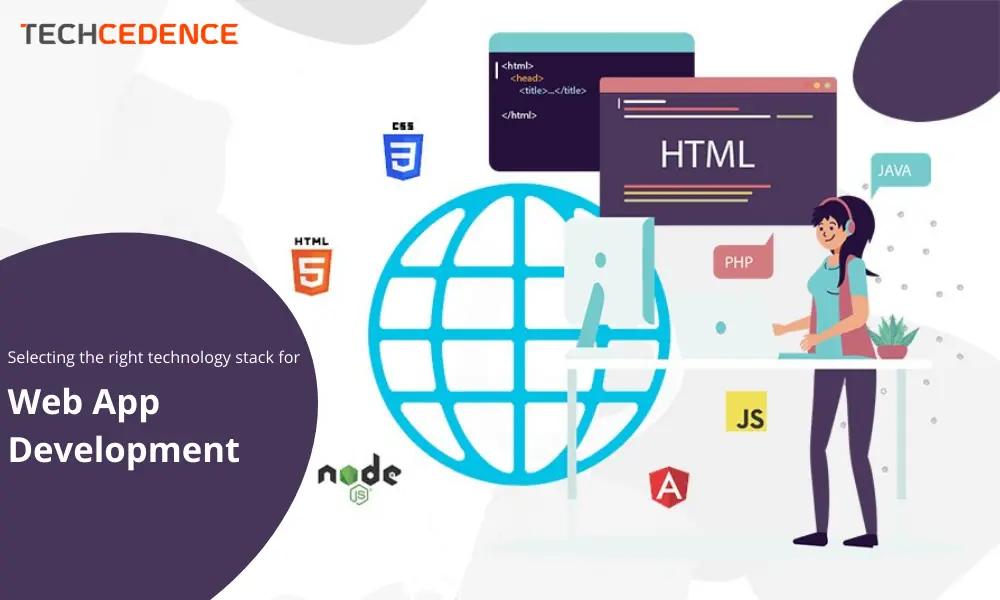The world of web application development is constantly changing. As new technologies are emerging and user expectations are evolving, there is a continuous flow of new applications, websites, functions, and features.
If you want your web app to stand out in this highly competitive market then, that can only be possible if developed using modern technologies. Your web app developers have to work on modern innovations and creative ideas to help you stay competitive and ahead of your game.
As you can create custom web applications that make accessing data quicker and easier these days, let us explore some of the latest trends in web application development to watch out for.
1. Single-page applications
Today’s web apps are all about simplicity and speed and that’s exactly what single-page websites offer. There are no traditional menus or complex navigational systems that clutter. The web page is just divided up into logical sections making it easier for users. You just have to scroll down in one continuous motion, or just click on the anchor links to jump to the particular section.
2. Progressive web apps
Progressive web apps are like mobile apps that actually work in the browser. Aside from getting a mobile app experience in the browser, they also have many advantages like:
- They can work offline
- They are highly engaging
- They load very quickly
- They don’t require installation like web apps
- They can be discovered via online search
3. Artificial intelligence
AI assistants is considered to be AI assistants help millions of people and lots of businesses perform operations faster by using text or voice chats. The spread of AI assistants has made it crucial for businesses to provide continuous customer engagement making it one of the most influential technologies that will shape the future of web app development.
4. Push notifications
Web applications are taking advantage of push notifications, and this is a trend that will be seen throughout 2023. As brands are constantly seeking ways to communicate with the user, push notifications can help the user receive useful updates even if they don’t have the web application open.
5. Motion UI
Many customers consider the web application design essential for the brand. Motion UI is a powerful front-end library to create customized and animated UI elements, helping to express your unique style and keep your user entertained. Motion UI can be very helpful especially in progressive web app designs.
As a web application developer in the fast-moving landscape of today, keeping abreast of changes is very important. Being in tune with how the industry is moving and anticipating which factors will have the biggest impact can have a lot of benefits in the long run.
These trends in web app development will transform the way businesses interact with the clients and boost user engagement. Adopting these latest web technologies can help your businesses stay competitive.
We are a web application development services company with a team of expert custom web application developers who are well-equipped with the skills and the experience needed for custom web application development to create an unmatched digital experience for your customers.


